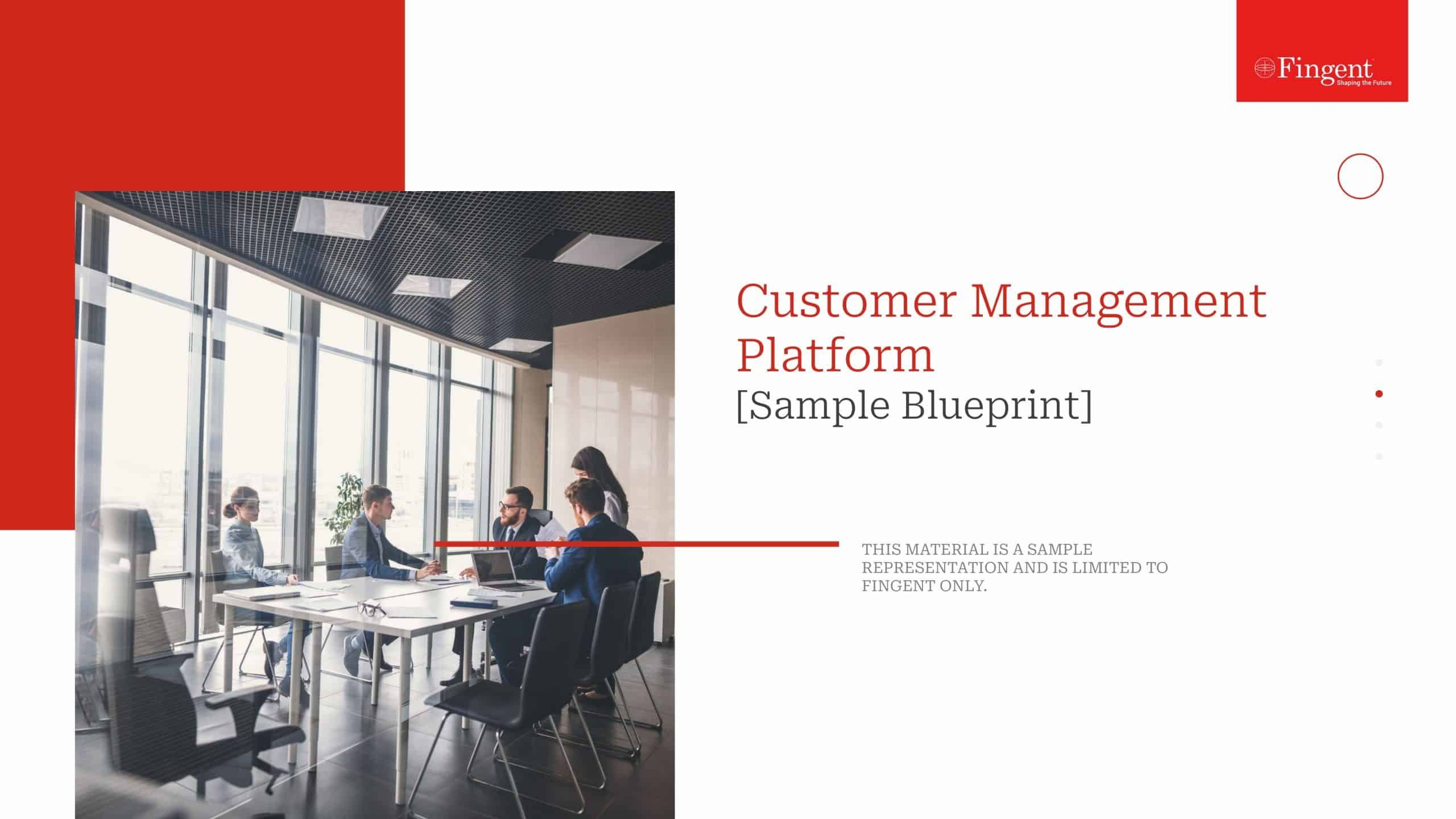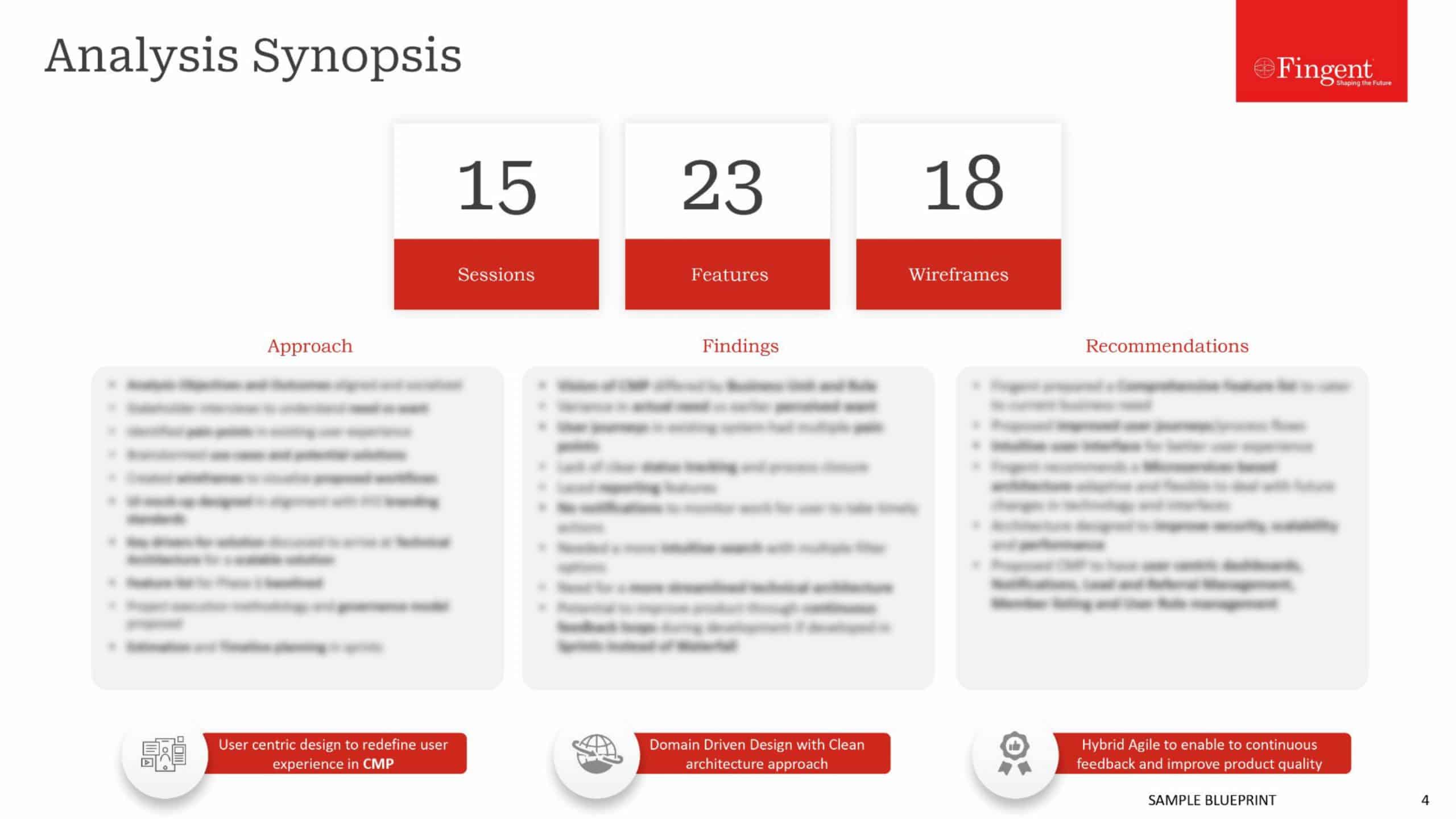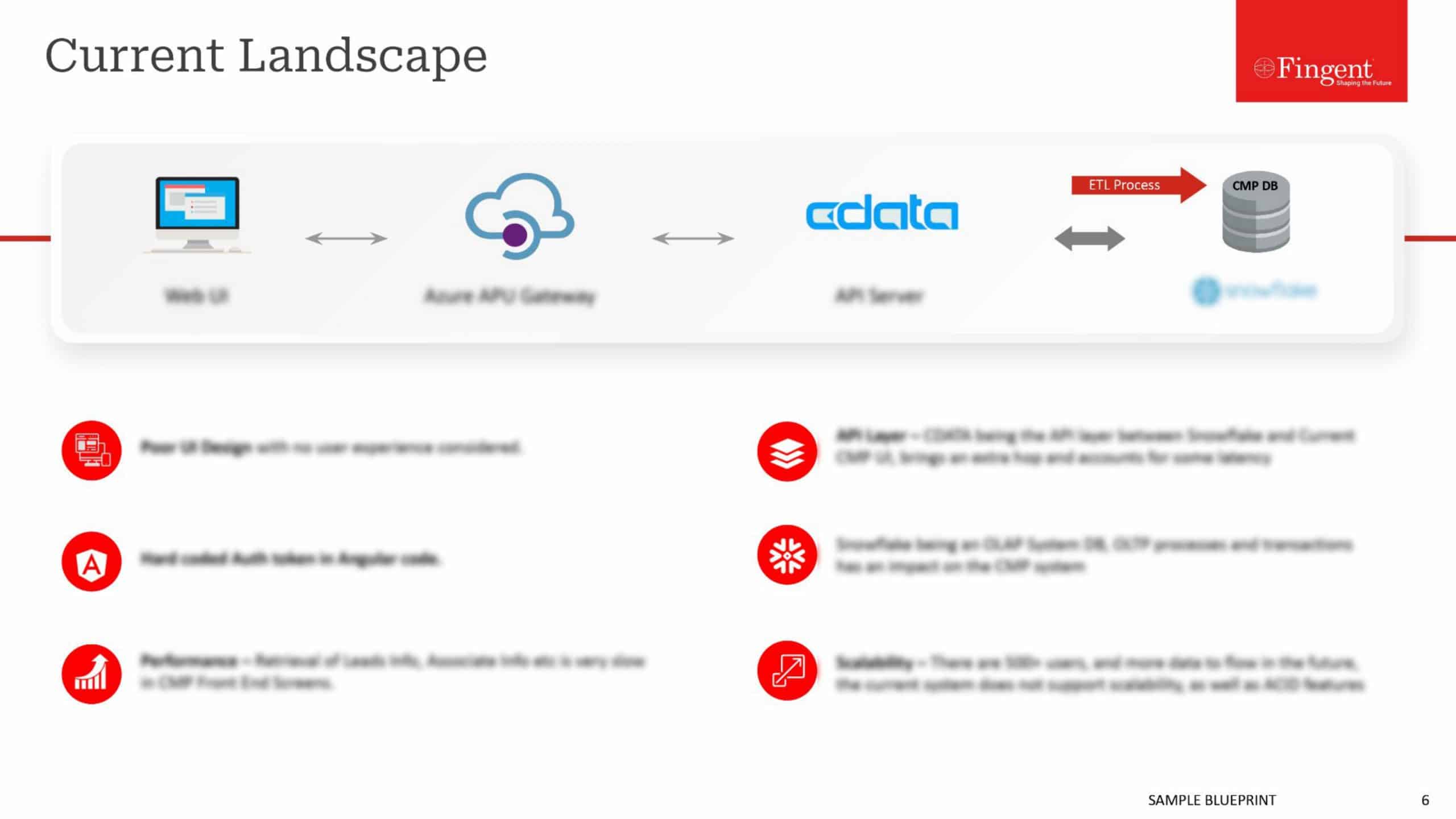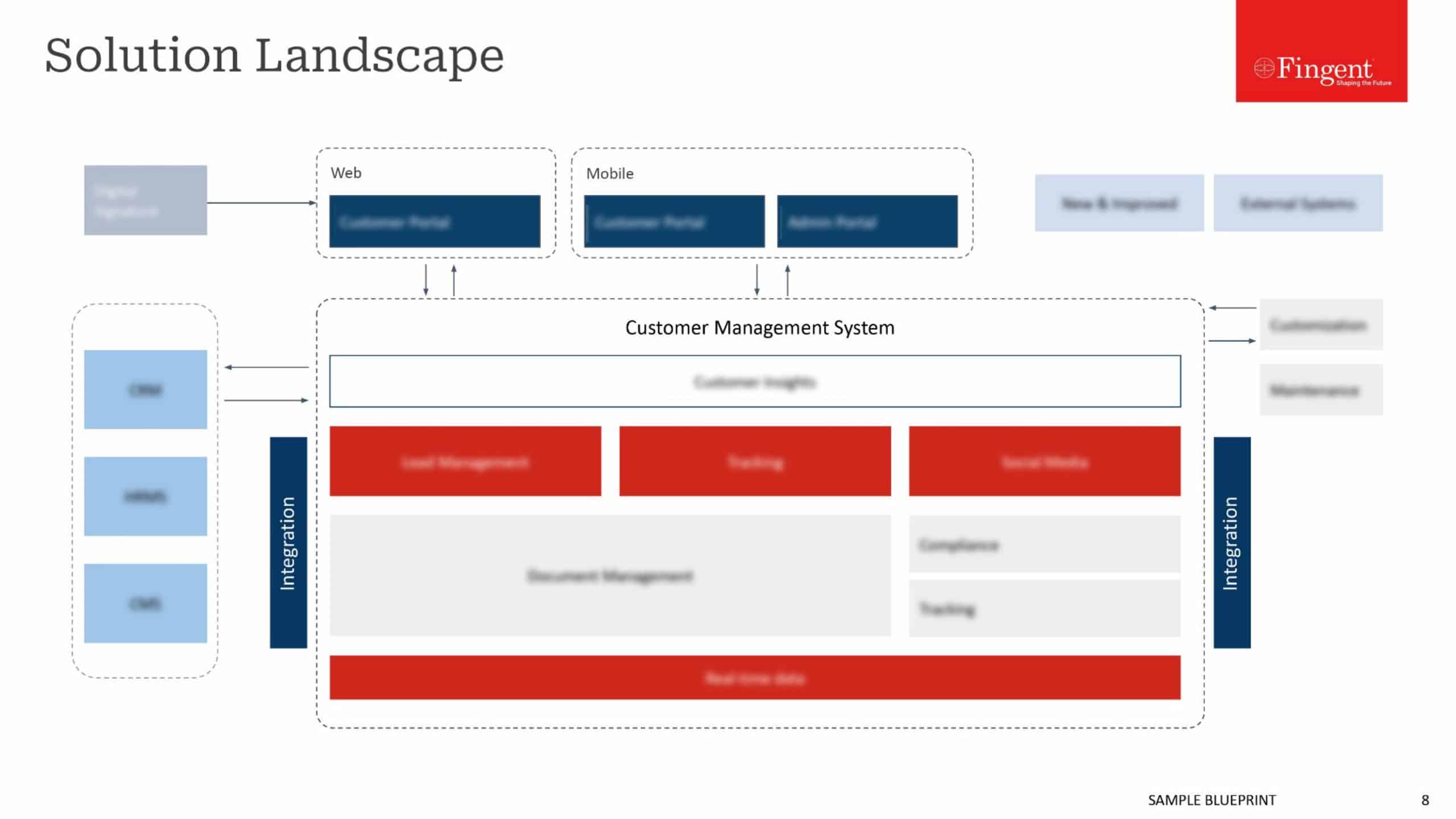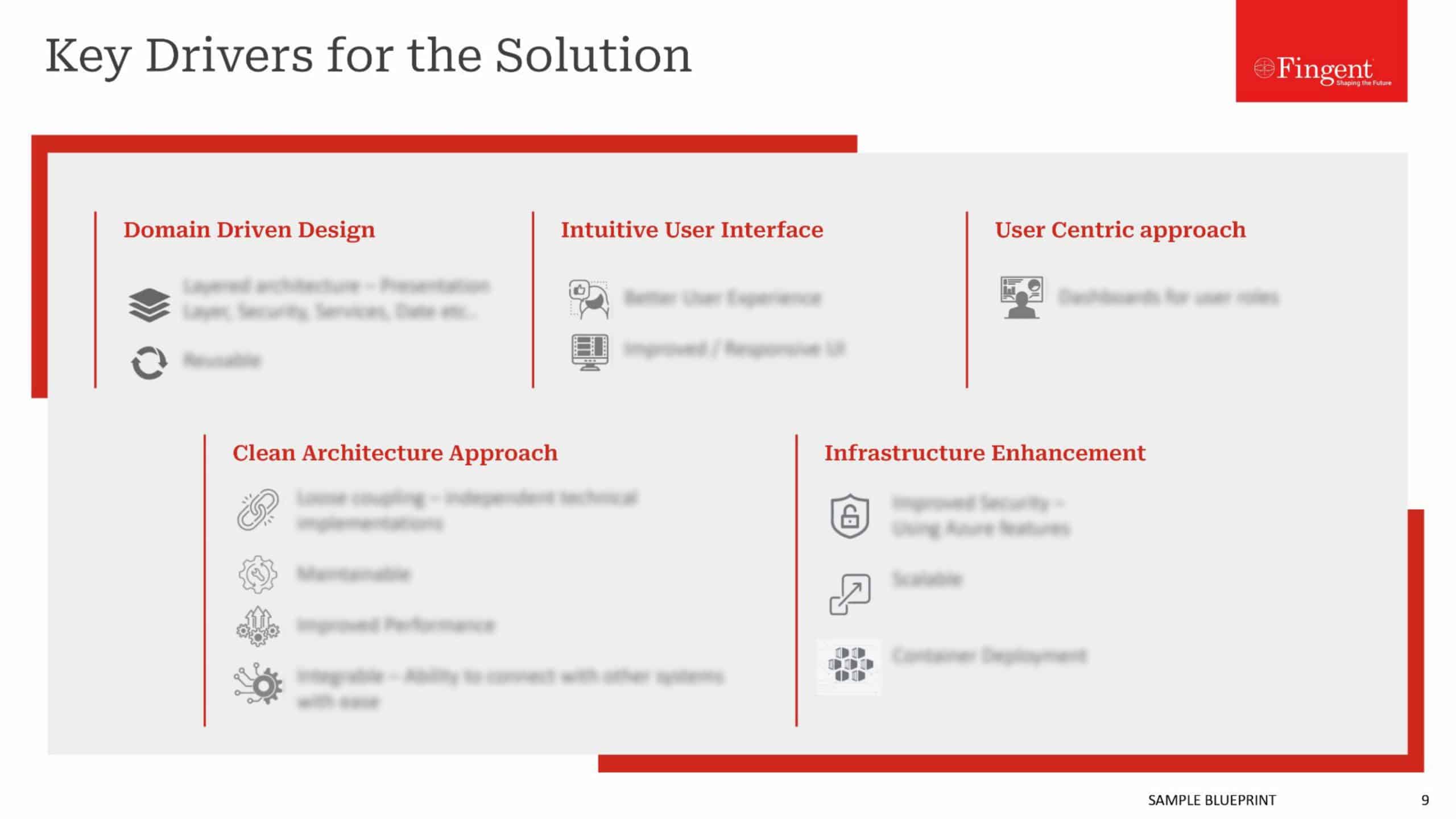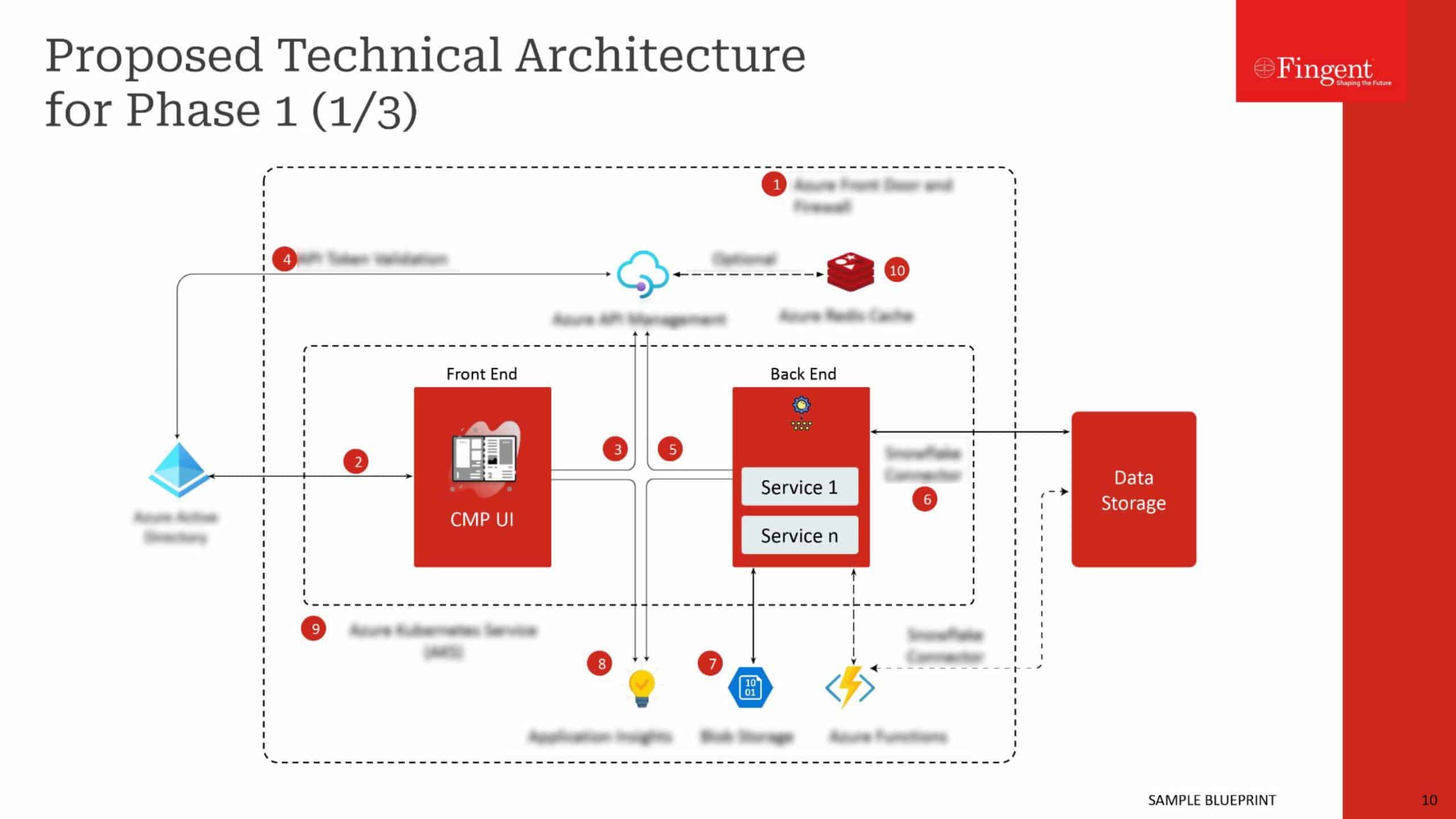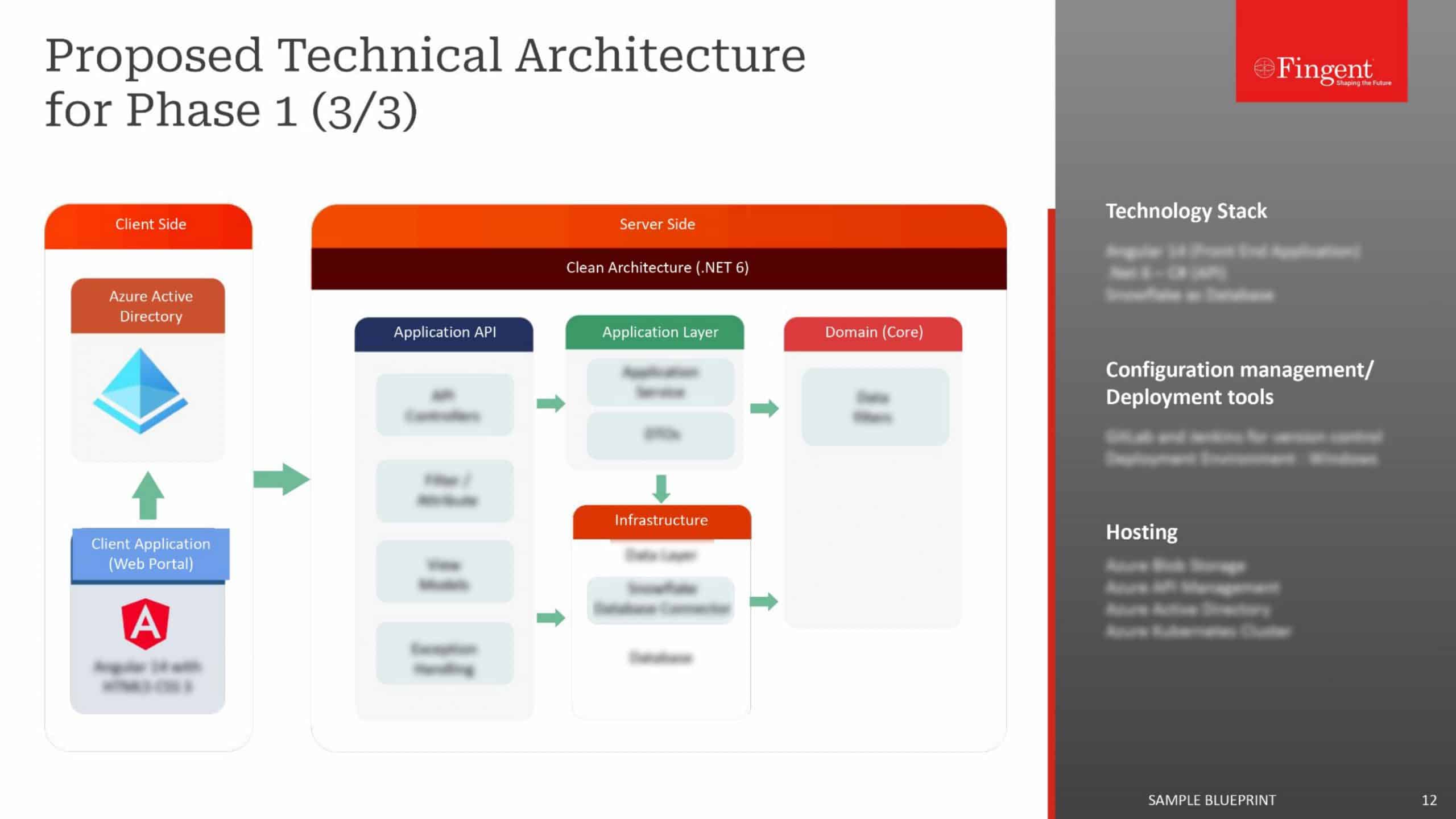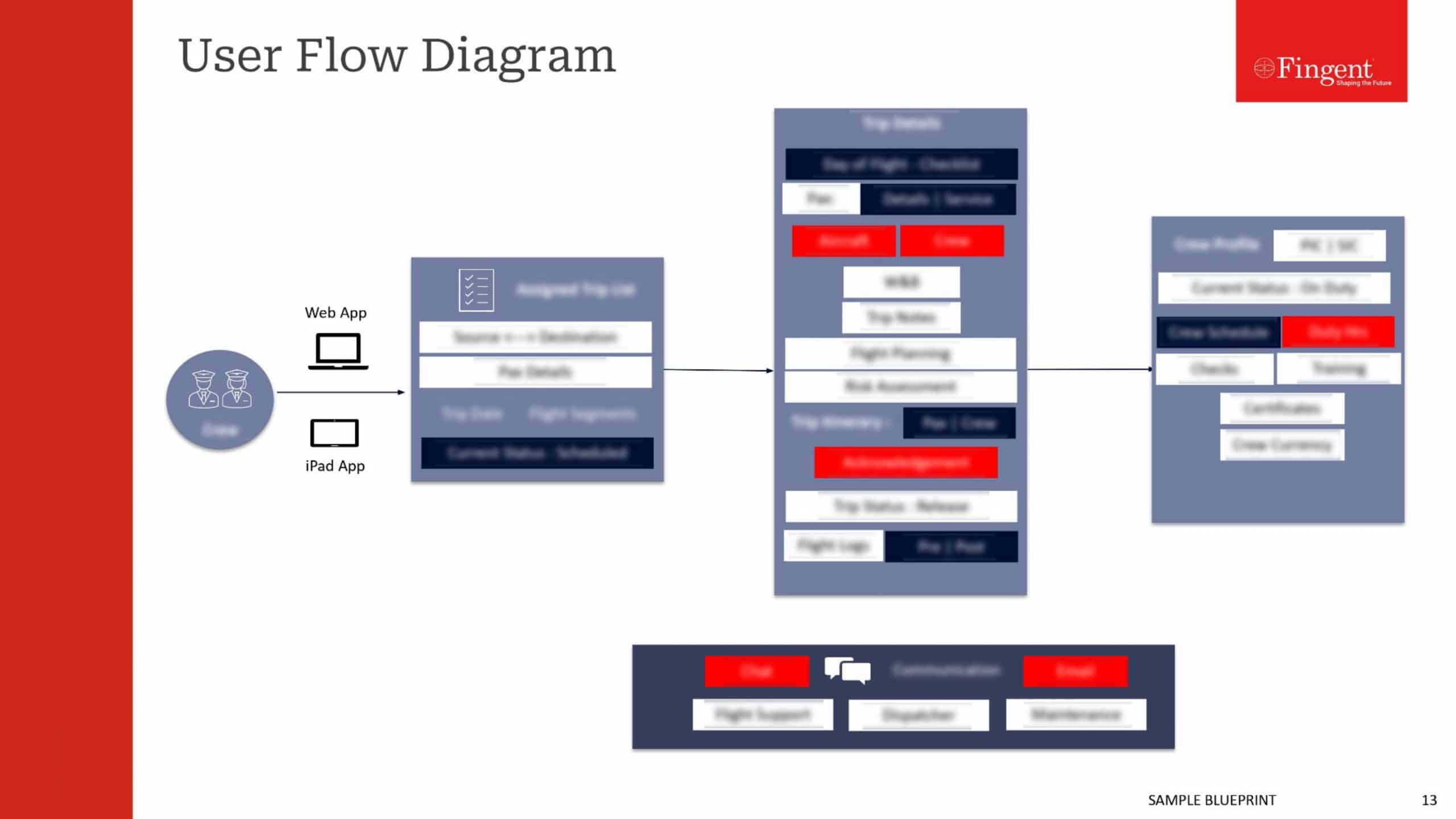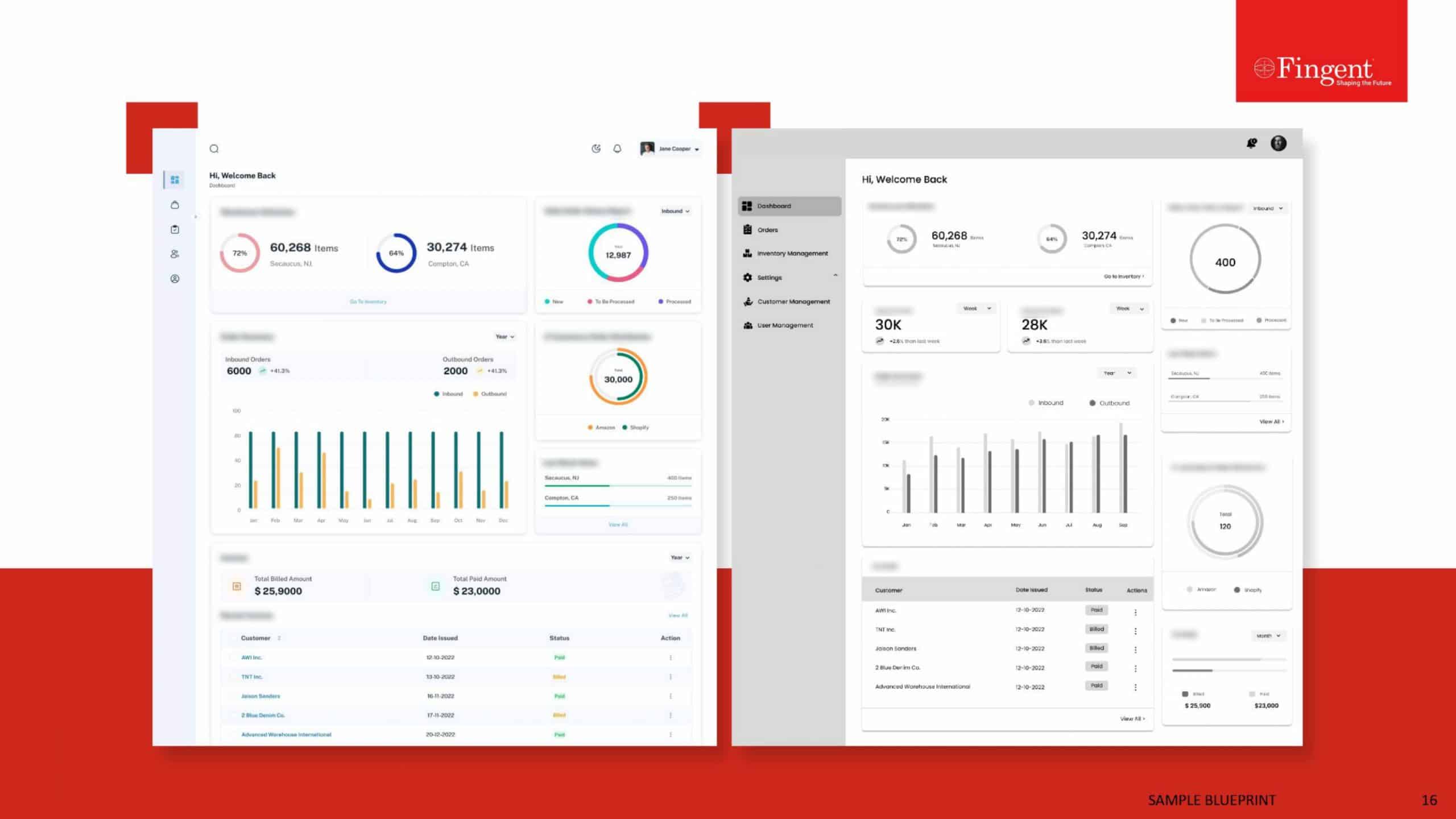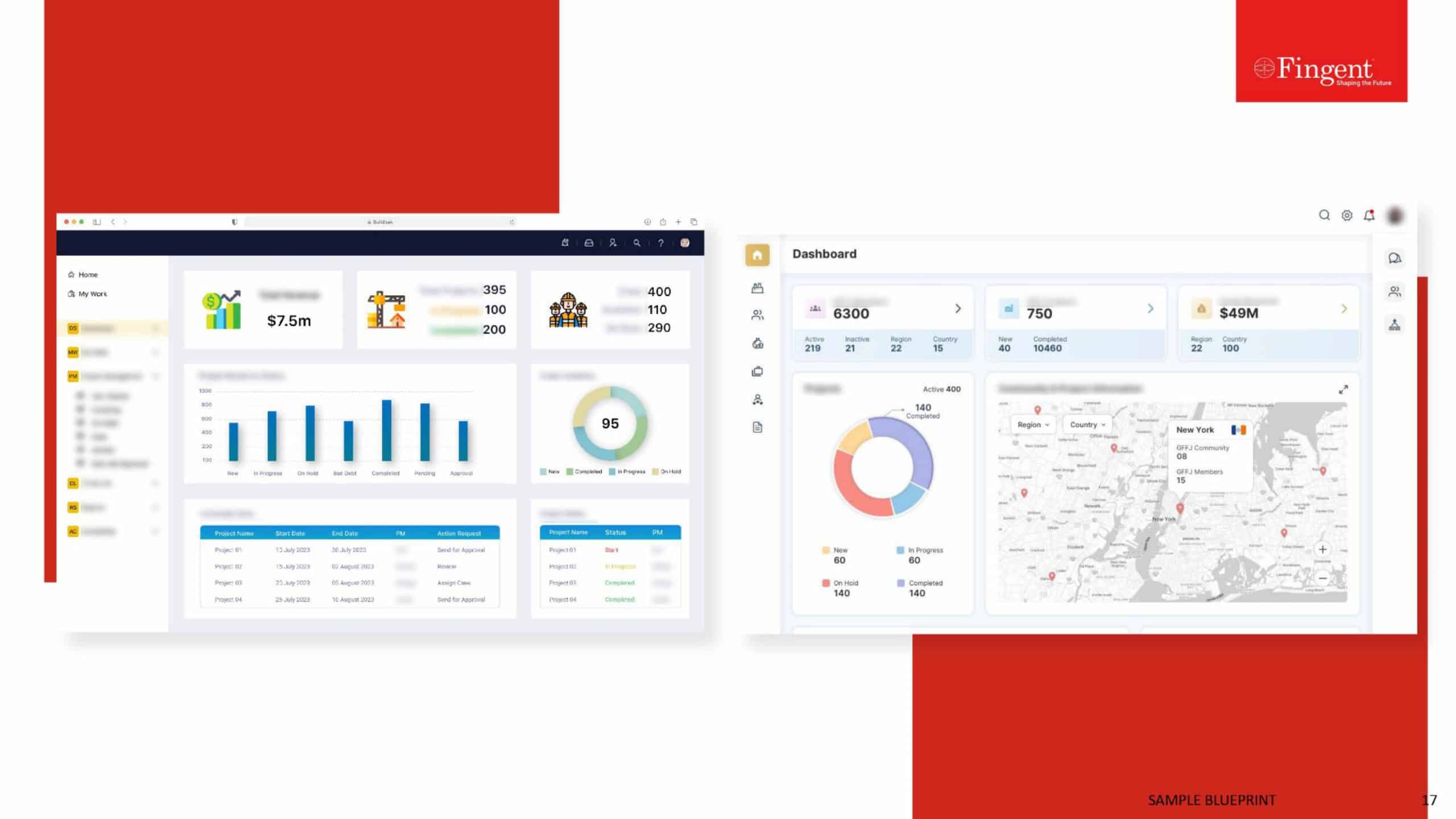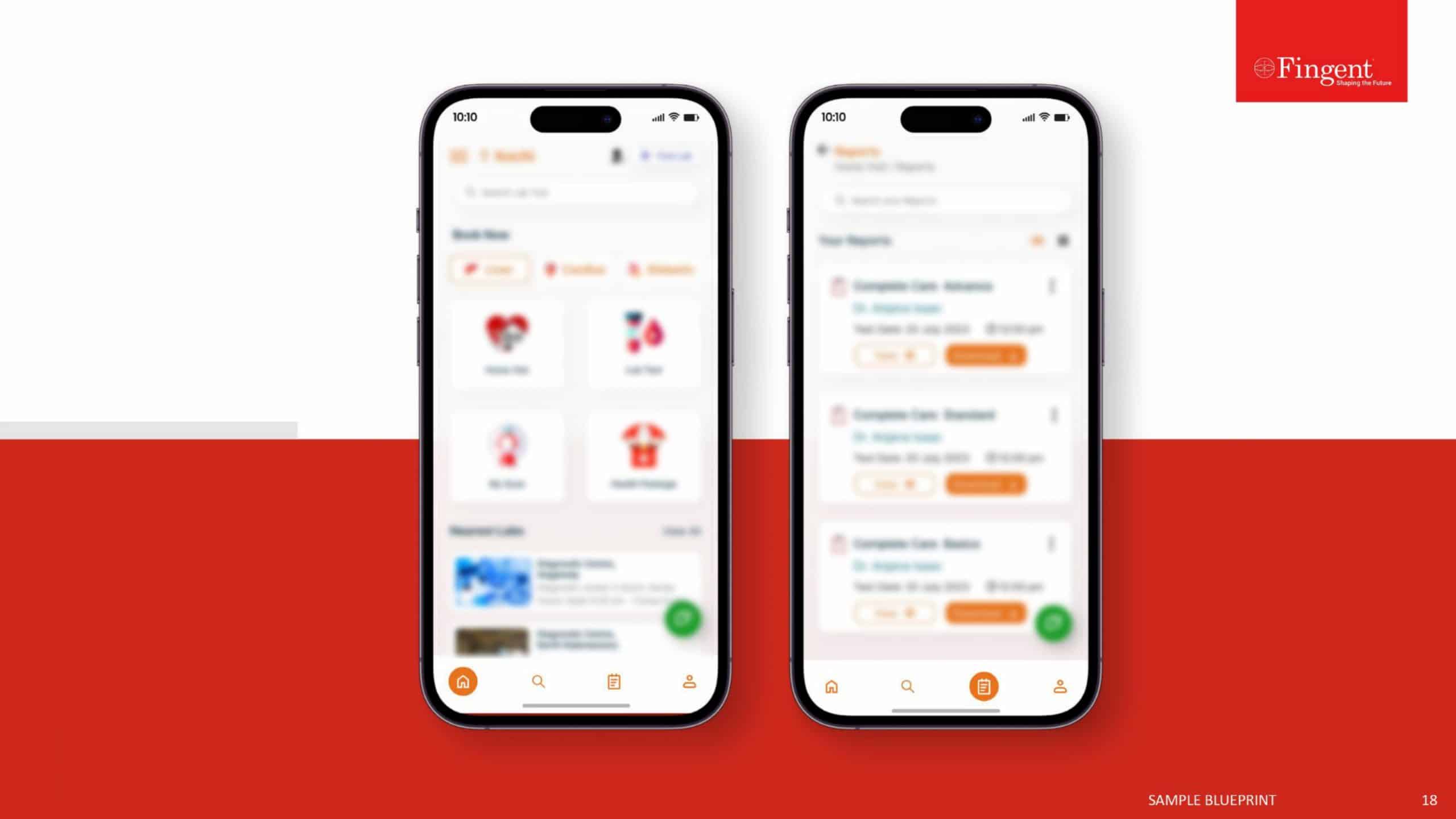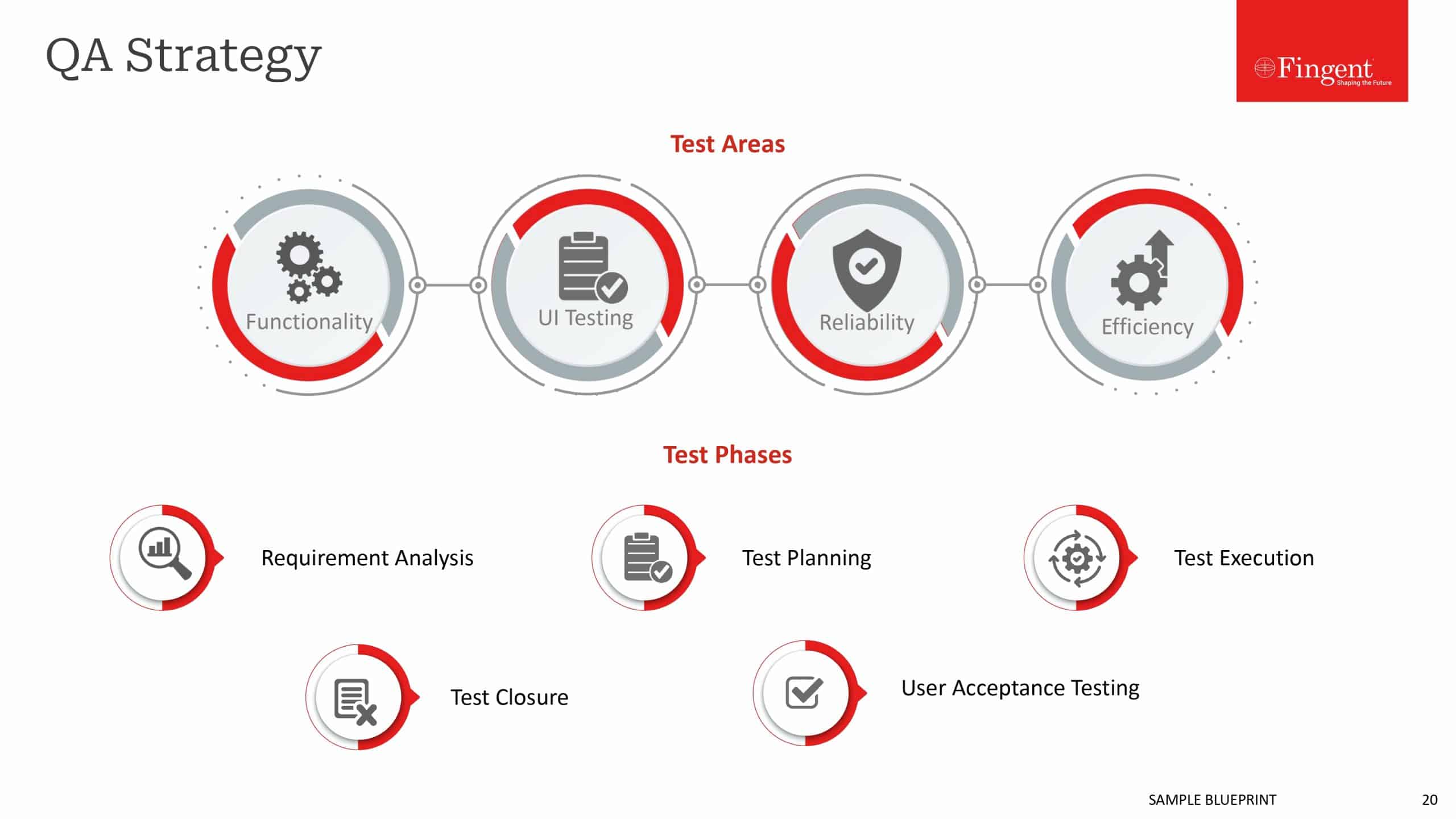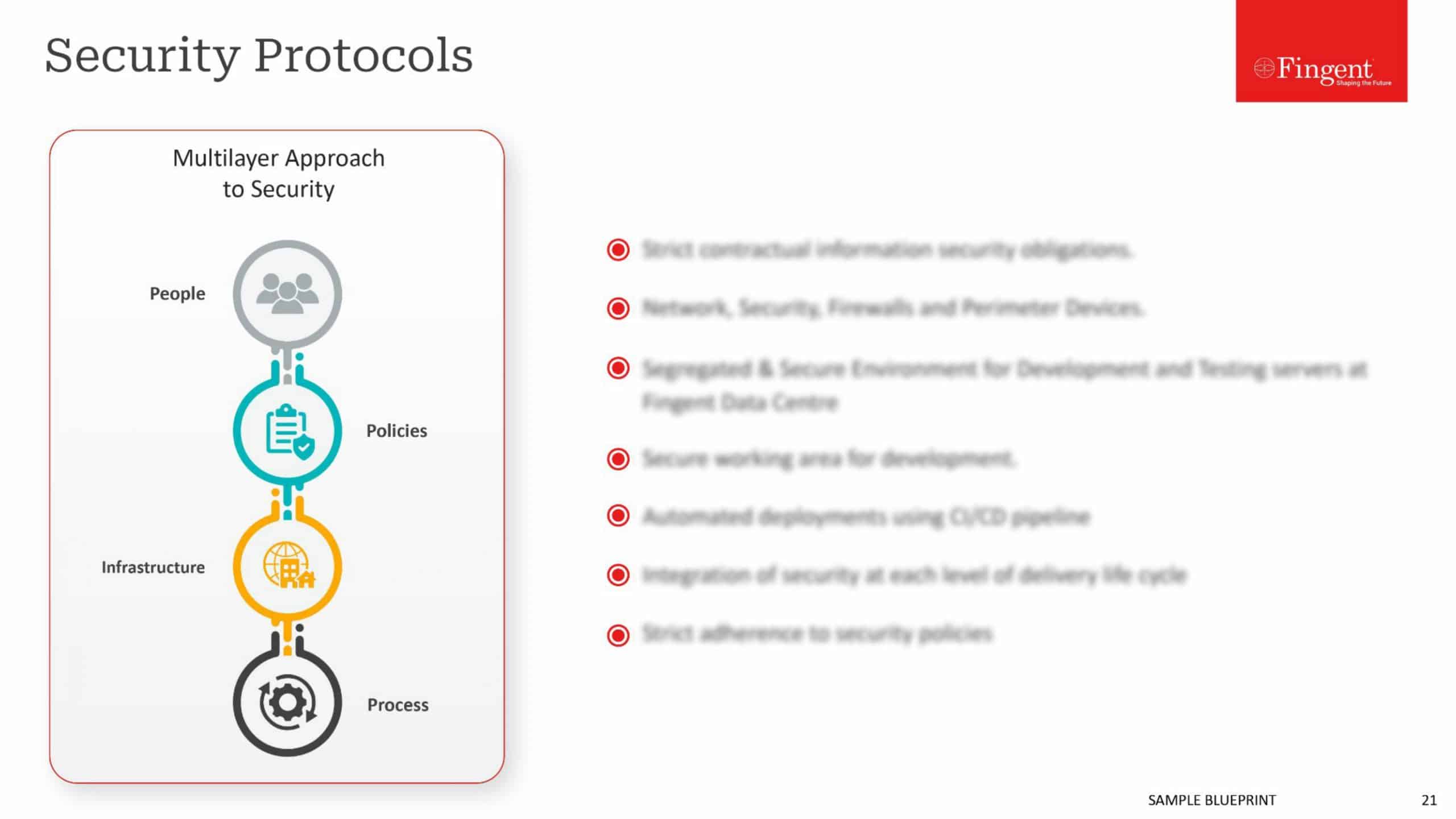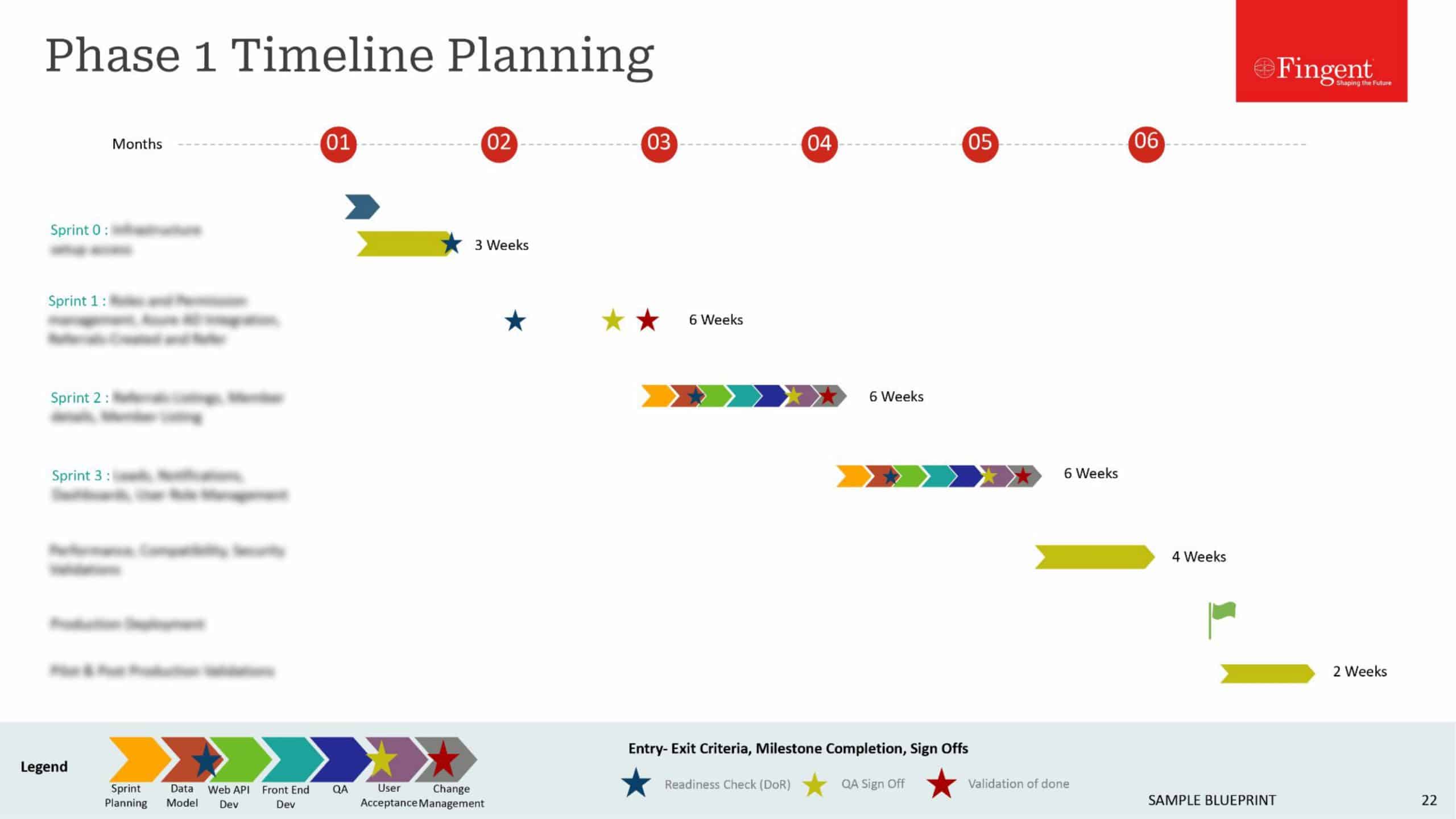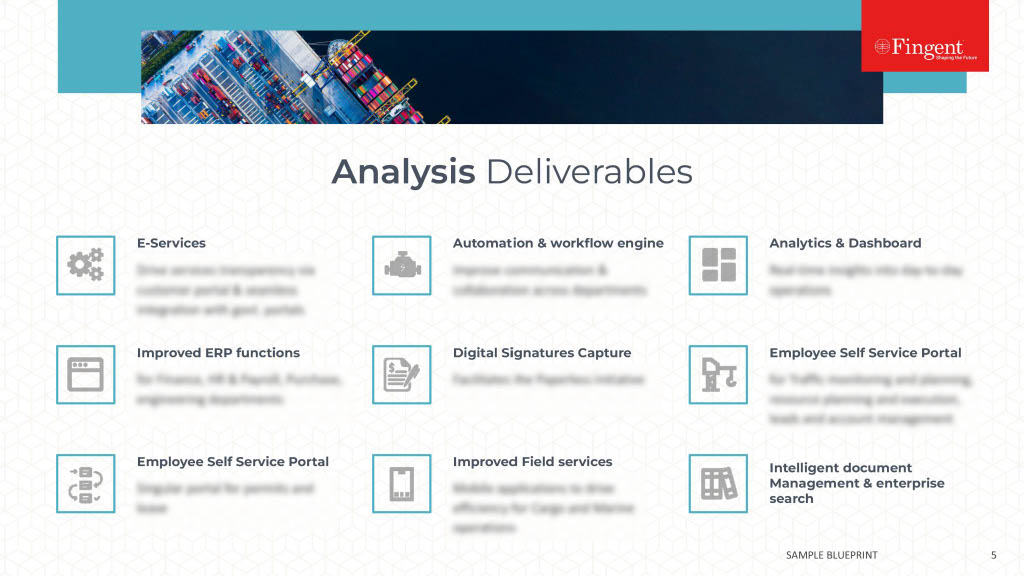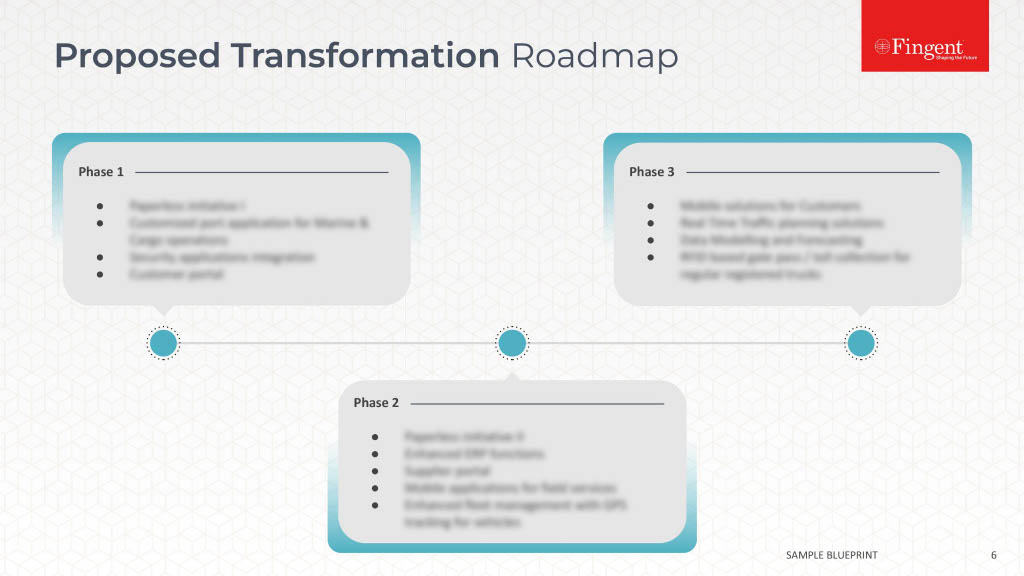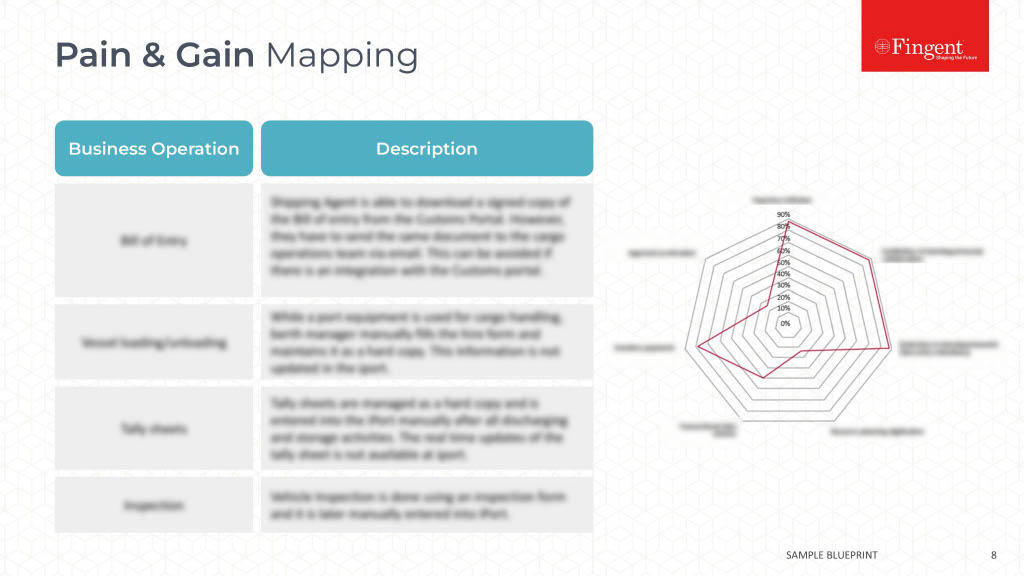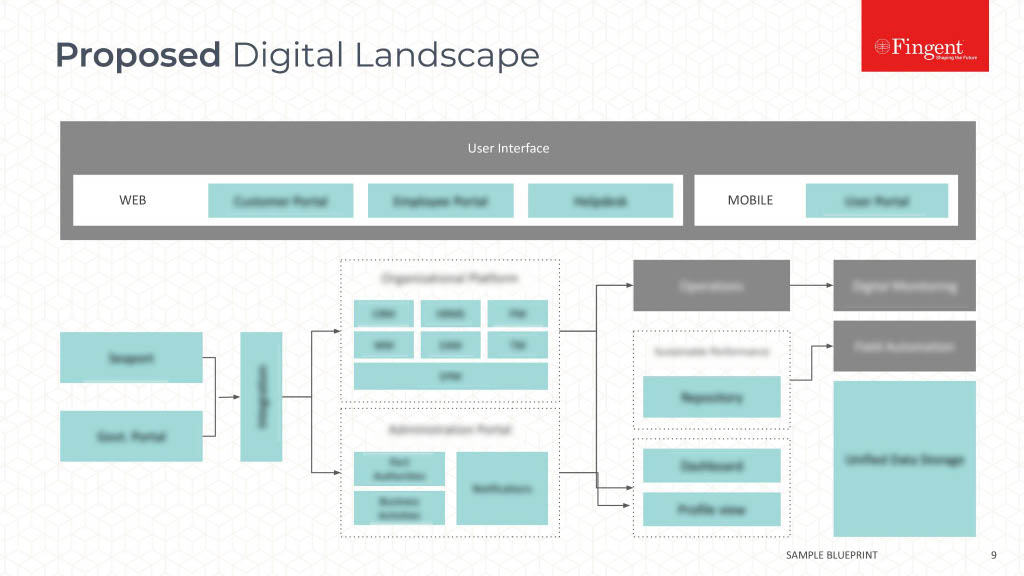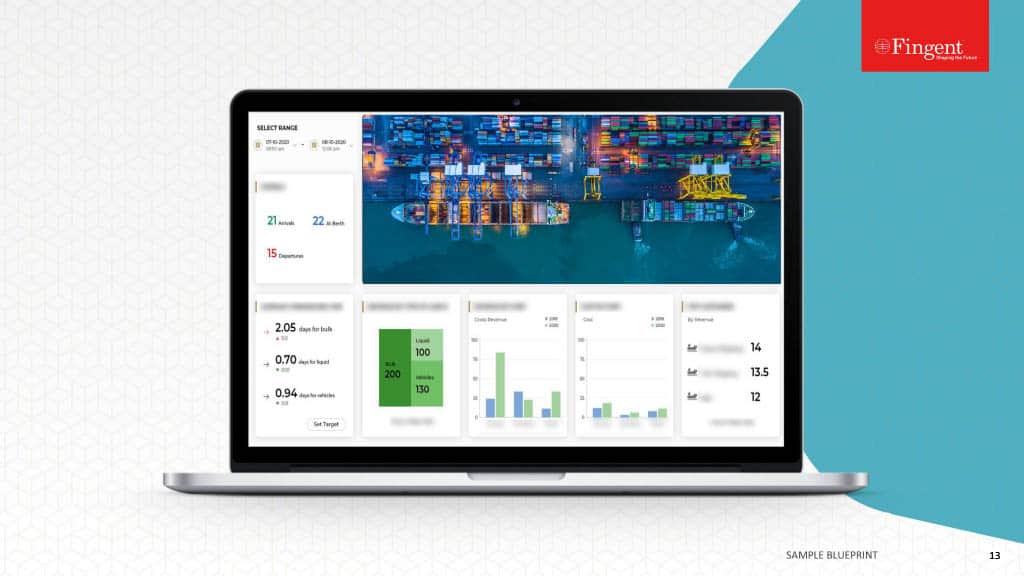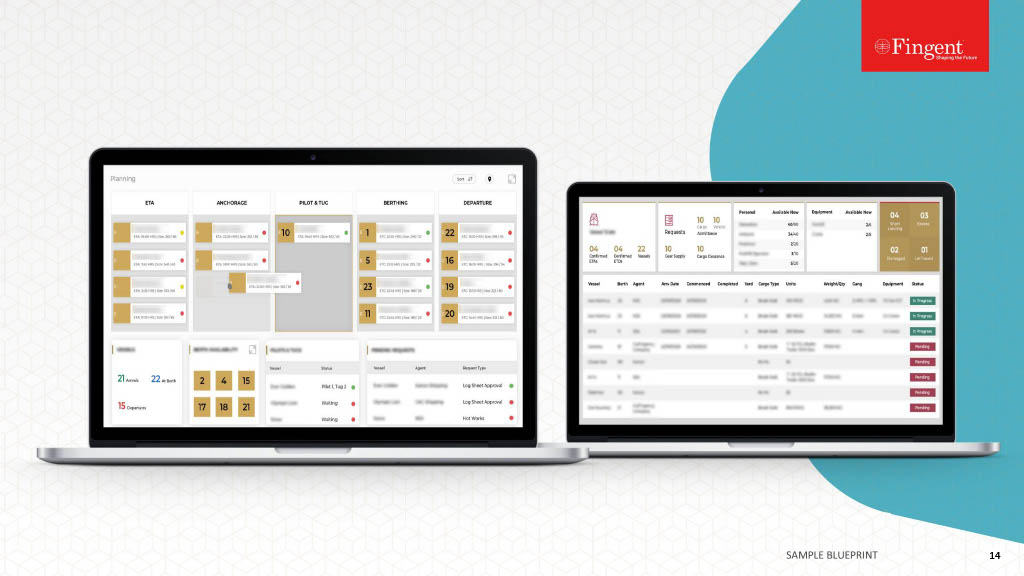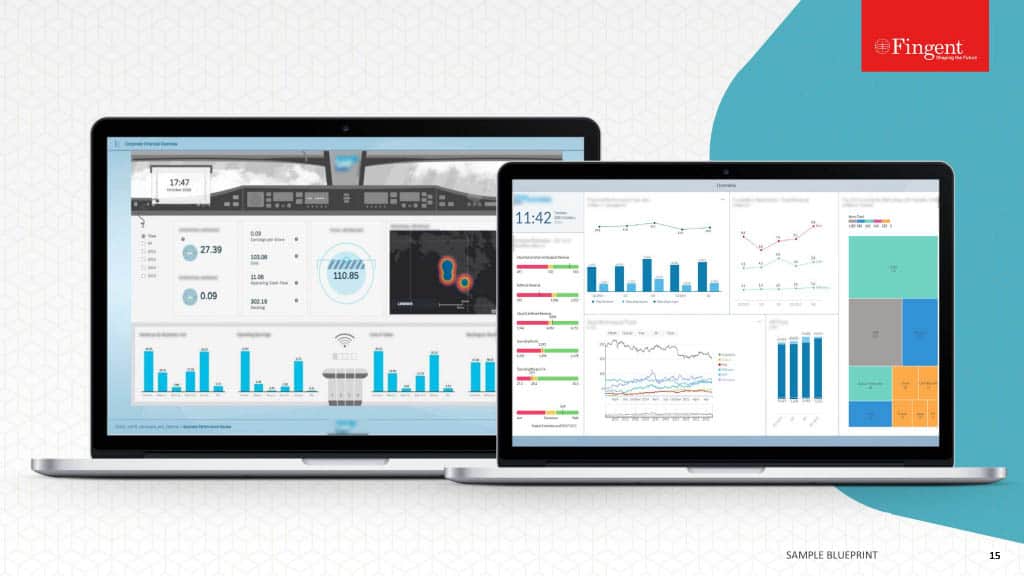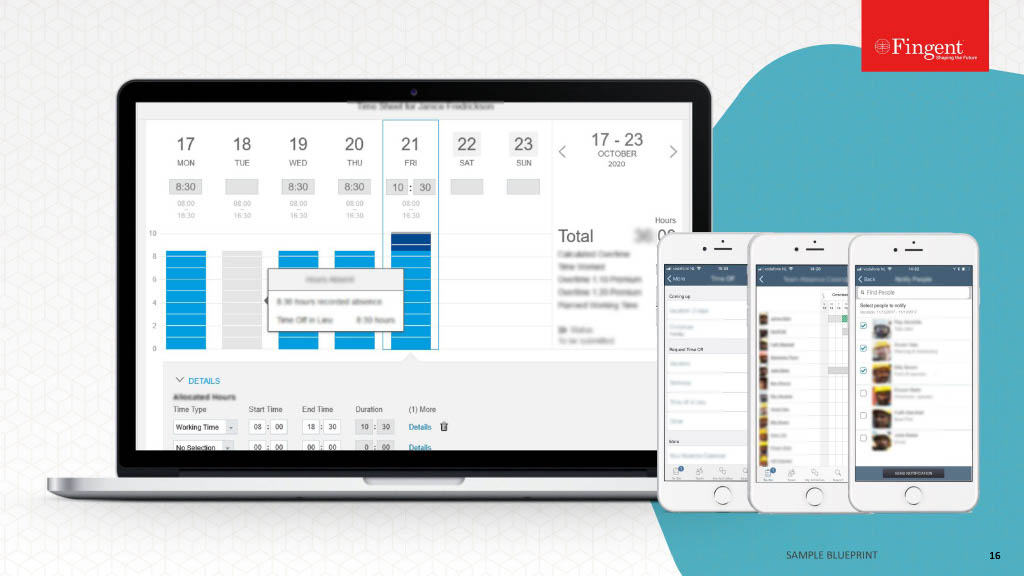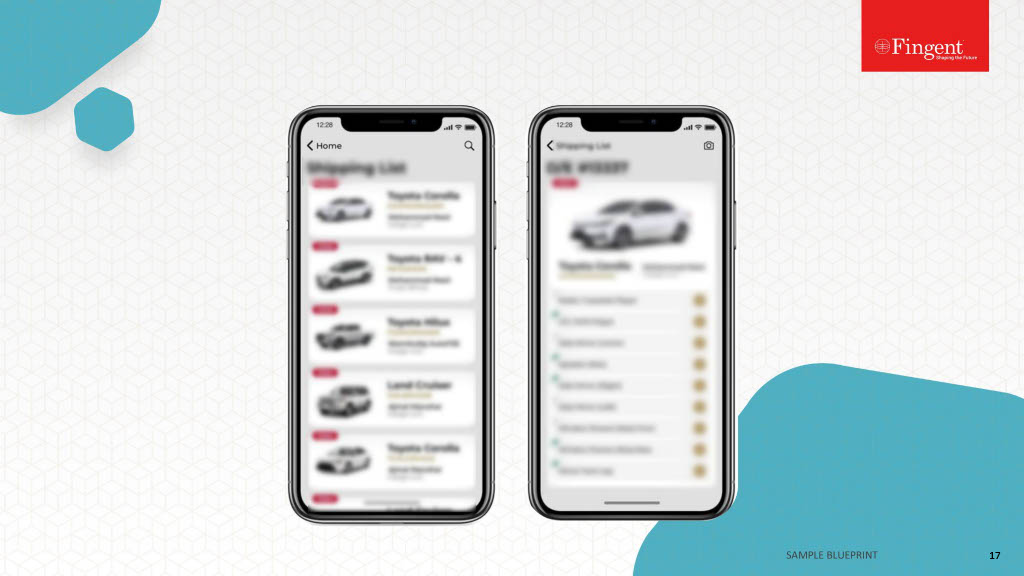Category: Technology
Several statistics prove that almost 75% of website users judge the efficiency and credibility of a company by its website design. That pretty much shows how important it is for a company to have a well-designed website. They are undoubtedly one of the main factors in improving business. However, it is also one of the most overlooked aspects of a business. Managers and Chief Executive Officers (CEOs), often do not spend much time on their company’s website. Even though they realize how important it is for their business, all they do is simply hand over the job to the designers and forget about it.
What people seldom notice is that there are a lot of misconceptions around how websites are built these days. Some of these can even cost the company their relation with designers when the final design is a mess and doesn’t attract people. In turn, the company might just lose its prospective clients.
Here are 5 of the most common misconceptions that companies should probably watch out while designing their website. And if you are a designer, these points will definitely teach you what not to do while working on your new project.
- ‘Fancy is better’ – Most often client companies feel that their newly designed website is not good enough, or not worth their money when their designers submit a minimalistic design. The truth is that minimalism is actually the “in thing”. White spaces in websites are often considered to be the signs of a poorly designed website, but the fact is that users find such websites more appealing and beautiful. It is as a matter of fact, quite OK to have white spaces in a website as long as everything necessary has been included. Instead of including extravagant icons and elements, designers need to focus more on making websites simple and perceptive. Moreover, simple designs contribute to a lesser load time, which adds to the effectiveness, as most people tend to leave a web page if it does not load in 4 to 5 seconds.
- ‘What the client likes is what the users will like’ – Most website designers, finalize on the design by taking into consideration the client’s preferences. However, what they like might not always seem appealing to the actual website users. Again, if the company finds a particular design not good enough, then the website as a whole is said to be of bad quality. This too is not good practice, because of the same reason – what the company likes might not be what the users like, and vice versa. Companies need to hire designers that do thorough market research and trust them in providing effective designs.
- ‘Content just needs to have the keywords and can be recycled easily’ – The content of a website is supposed to have the right keywords. True. But these keywords shouldn’t be stuffed into the content for the sake of Search Engine Optimization (SEO). The content should be relevant, reliable, engaging and original. It should also contain the keywords. Also, most designers think it is ok to use already existing content, from the same website. That again is something that affects the credibility of a business. Whether it is from the same company’s website or from some other website, recycled content makes the users bored and also affects the search engine ranking.
- ‘Mobile websites are not necessary’ – A lot of designers focus only on, or more on the desktop version of a website. This practice is no longer a wise move, especially today, when the world seems to be under the reign of smartphones. People need to focus on building mobile responsive websites instead, and make it possible for the users to access the site from anywhere in the world, regardless of the device. Several surveys show that over half of the website users are less likely to become customers of a company that doesn’t have a mobile site or if they have a poorly designed mobile site.
- Bigger logos are better’ – Logos are meant to add brand value and help customers identify unique brands. They are not meant to fill web pages. Adding huge logos to a website, in the hope of being able to grab attention, is a big mistake. It is important to properly design the size of the various elements in a web page in order to make it appealing to users. Having the essential elements in a bigger font and the rest in a slightly smaller font is probably a good way to go.
A good website design is one that will not only be useful and attractive for the users but also conforms to SEO specifications. It will have relevant and original content and shall appear seamless on any mobile device. Companies need to hire designers who know all these and are well aware of the future trends in website design as well.
What other strange website design misconceptions have caught hold of your associates? Let us know in the comments below.
Stay up to date on what's new

Featured Blogs
Stay up to date on
what's new



Talk To Our Experts
Mobile Application testing can be quite a daunting task sometimes, what with the number of mobile devices being used these days and also the various operating systems. You need to achieve maximum accuracy and efficiency out of an application, and you need to ensure that through testing. Hence, the testing process can definitely be said to be the most essential and critical part of mobile application development. You need to have a perfectly thought out testing process and be extremely careful and particular about each step in it. Previously, we had discussed the various challenges involved in testing on our blog Mobile Application Testing: Challenges and the Solution.
Let us now see the different steps that need to be followed for a winning mobile testing strategy:
A winning mobile application testing strategy
To state an example, one of our clients in the retail sector, needed an application for carrying out their operations. Here are the steps that we followed in testing and delivering a perfect solution for them;
- Identification of the types of testing – The application was one that needed to work on a range of devices, like tablets and notes and was handled by a number of agents. Hence, the testing process had to be quite diverse. We decided to carry out a combination of manual testing, automation testing and also testing on the cloud.
- Selection of mobile devices – This involves two basic decisions: selecting the gadget or device model, and whether to use an emulator, a simulation device or other such devices. In our case, we decided to use a simulation device, called Device Anywhere. You can select from a range of devices like MobiReady, ResponsivePX, ScreenFly etc. The choice can be made based on the costs involved and the scope of the application.
- Manual and Automation testing – We normally use the SCRUM process of project development and testing. Hence, we used this approach here too, with sprints lasting up to two weeks. After the completion of two weeks, a particular logically completed module was given to the testing team or Quality Assurance team to run the tests. This was where regression proved to be kind of difficult, as every two weeks, with the delivery of a new module to the testing team, they also had to make sure that the previously tested modules were still functioning as intended. For this purpose, we used a set of automated tasks that could run smoothly and used it on each of the built modules, which helped in saving a good amount of time. And for tracking defects we also used JIRA.
Quality Assurance Support – As required by the SCRUM system of project development, the development team constantly provided the necessary support to the QA team throughout the process of testing. This contributed a huge deal in timely delivery of the project.
Beta testing – This is where the application gets tested on real world users, real devices, an actual network connection and a wider geographic area. This is conducted for the purpose of user acceptance testing, that is, to see whether the app is accepted by actual users. We used a set of field agents for this, and had them go through every part of the application to ensure that every single bug was fixed and that it had all the necessary features and functionality. - Cloud testing – The cloud provides a web-based environment in which we can test, deploy and manage mobile applications. There are many advantages associated with cloud-based testing, like reduced costs setting up real-world test conditions, elimination of unstable test conditions, wider scalability, and real-time results. For our application, we carried out cloud-based testing as well to ensure accuracy.
- Performance testing – This is where the functionalities and the performance of the application is tested. This involves testing the responsiveness, the stability, the features, and the resource usage of the application and its comparison with set standards. For our application, these tests were thoroughly carried out for each completed module.
- Device testing – After all the previous tests, the application was tested in multiple versions of the Operating System required. This was to ensure proper functioning of the app even in the older versions. The Device Anywhere simulation tool was used for this purpose again.
- Test summary – At the end of the process, a test summary was created which had the details of all the important information received from the testing, like the performance details of the testing equipments used, quality of the testing process steps, statistics derived in various stages etc. It also includes details about the kinds of testing conducted and the duration of time required to complete the process. This report is also helpful in analyzing whether the testing equipments meet the performance standards and whether they are fit for further use.
These steps helped us deliver an efficient mobile application to our client and solved the problems in their business.
An ideal testing strategy will have all the above-mentioned steps, as we believe that ‘thorough testing’ means testing the application in all possible scenarios and conditions. This strategy has always helped us achieve excellence in all projects that we deliver.
Stay up to date on what's new

Featured Blogs
Stay up to date on
what's new



Talk To Our Experts
When customers get more and more digitally advanced, what else can retailers do, but go over the top to get savvier and stay ahead in the race towards serving them better? Most retailers these days are struggling to maintain their faces with new technologies and marketing programs in the digital side of things. If you thought, a little bit of social media marketing would do the trick, then you might be wrong. True, social media does play a huge role in spicing up your digital marketing spree, but is that enough?
The answer to that, would perhaps, have been ‘yes’, maybe a few years ago. But with advancements in technology as well as the minds of the people today, who seem to be in an endless search for convenience and speed, the answer is definitely ‘no’. So, what exactly is the deal with this digital marketing and the people-the consumers, and what does it take to stay in the ‘present’?
Consumers have started to expect more from their vendors and retailers are bound to live up to this expectation. Let’s see, for example, how digital marketing has changed in retail to stay relevant and eye-candy for its customers:
‘Personalizing’ at its peak
One of the most effective and influential techniques of digital marketing is personalizing. And by that, I don’t just mean sending out personal emails to your customers, or adding their first names in the emails you send out. The in-thing now, is of course iBeacons; the latest Bluetooth LE technology used in malls and retail stores to send out personalized offers and messages in real-time. But that is when your customers are in your store. What can you do to get personal outside of your store?
The depth of the word ‘personalizing’ is starting to take new forms these days. And one of those forms is facial recognition technology. According to a recent report published by Transparency Market Research, the global facial recognition market is expected to reach almost US $2.67 billion by 2022. That is how big it is getting. Retailers can use this technology to gather information about customers, their buying habits, purchasing power etc. and then use that for marketing purposes like, presenting them with special and unique offers and deals.
Facebook, the social media channel, has been using this technology for the past few years for the purpose of identifying and categorizing pictures, and this data is being shared among other retail and social media sites, which enables them to target ads to users. Facebook also uses information from other retail sites by scanning their cookies and displays ads to users accordingly.
However, privacy concerns regarding this technology are still being discussed and how much acceptable it is going to get among the consumers, still remains unclear.
From wearable to digital assistants
This is for companies that use mobile marketing for leveraging their marketing programs. You need to really keep up with the latest advancements in mobile technology if you want to make your marketing effective. A “mobile-first strategy” is what a lot of retail brands adopt these days. This is according to Aaron Shapiro, CEO of New York based digital agency Huge. Shapiro feels that voice-activated technology, digital assistants and wearable technology are all set to change the way customers interact with their favorite brands, especially now that most of them use mobile devices rather than desktop computers and laptops. About voice-activated marketing Shapiro says, “ In cases where the screens are going to be tiny or non-existent, voice is going to be the way that we communicate.” It means brands will have to come up with ways for their customers to communicate with them in a voice context.
Shapiro also feels that mobile technology is definitely going to evolve into wearable as well.
Display advertising: Metrics better than click-through-rate
Click-through-rates are actually, most often, thought of as the best measure of display advertisements’ effectiveness. However, there are several limitations to this particular approach. It ignores factors like brand awareness and educating prospects. According to Sean Callahan, Marketing Director, Bizo, there are several other metrics that marketers can use to measure the effectiveness of their display ads. Some of them are:
Brand recall – where in, you can carry out an online brand study to see the differences in the awareness of your brand among the people who have seen your ads and among the ones who haven’t.
Branded search – where in, you can measure the lift in the number of searches for your brand, while your online ad campaign is running.
Likewise, there are a number of other such metrics that you can use to measure the performance of your ad campaigns.
All of these digital marketing techniques and tips are already being used by a number of retailers and are well on their way towards revolutionizing the retail industry as a whole. In a matter of few years, what we provide for our customers now, will probably seem outdated or maybe even absolutely ineffective. Like i said, if you have to stay in the game till the end, you have got to play it like it has to be played.
Stay up to date on what's new

Featured Blogs
Stay up to date on
what's new



Talk To Our Experts
What had so far been a hot topic of debate over the past few years has now bloomed into a new trending concept for some, and a way of life for some others. The concept of course, had been doing the rounds for quite some, until finally being accepted and practiced. Now, it has become worthy of being considered as a growing trend, and being assessed and evaluated in terms of future prospects. I’m talking about the so-called “sharing economy”, that benefits the users or the consumers, the service providers as well as the intermediates. According to a recent report by PwC, the global size of the sharing economy in five key sectors was approximately US $15 billion in 2014 and it is expected to reach US$ 335 billion by 2025. It definitely seems like it’s on its way towards becoming a common thing for people.
Robert Vaughn, an economist at PwC said, “ The sharing economy is a result of long-term mega trends colliding together, driven mainly by advances in technology, resource scarcity, and social change.” Couldn’t have put it better.
The two most used or most popular (of late), representatives of this particular concept are Uber and AirBnb. Their success is not just a passing fad or a fantasy. They mean business and a new form of business at that. Now, what is it that help these companies achieve more than their other counterparts?
A simple explanation could very well be the fact that sharing, makes everyone’s lives easier. Both AirBnb and Uber revolve around this fundamental fact, of sharing and rational living. It basically helps everyone involved. They have gone as far as influencing the minds of more and more people to use and enjoy something without having to own it. Whether it is by sharing rides like as in Uber or renting something for extra income as in AirBnb, people have accepted them as a way of life.
What do they teach us?
Let’s take the case of Uber for the sake of arriving at an “economic rationale”. As rightly put by Julio Alonso, “ with two assets without any technology, it is difficult to seize prey; free time individuals who are not professional drivers and their private vehicles.” This holds good in case of a number of other assets as well and for the same reason, AirBnb and Uber have paved the way towards more such rational sharing of idle assets such as garages, commercial buildings, offices and even industrial plants. This could be applied to even a retail store, where it could be rented for a few hours. This means that the trend is fast growing in diversity as well with new kinds of industries and platforms pitching in.
Both these companies have taught us how even with tiny bits of inefficiencies initially, or with tiny gaps while implementing technology, a whole new business model can be created and transformed with very little costs involved. An already existing or rather obsolete concept was given shape and wings to fly in a little time and with little resources. It shows how to make use of scarce resources and put them together to make a brand new idea. One that has the potential to bring about an industrial revolution I would say. Funny, how we always learnt throughout our academic lives about rational usage of scarce resources and everything, and how long it took us to finally arrive at a solution. It was like the solution was always in plain sight, waiting for us to see it.
This is just the beginning of sharing economy. AirBnb and Uber can probably be said to be the pioneers in this regard and they have laid quite a strong base for us to build on and follow their paths. Hopefully, in the future, we’ll see more of shared spaces and assets and yet, people living in harmony and peace.
Stay up to date on what's new

Featured Blogs
Stay up to date on
what's new



Talk To Our Experts
If you are like me, you would have fantasized: ‘IoT would bring my reign, treat me like a Prince and put me in a world of sheer convenience’. Oh wait, does the monarchical system feel a bit too old or overstated? Ok, let’s fast forward to the ‘Democracy’, where you at least thought, the IoT will let you be like Richie Rich, “the poor little rich boy” with a ‘Dollar’matian dog, who had nearly everything automated around him.
No wonder, because with IoT, – “Everything that can be automated will be automated”- said Robert Cannon, Internet law and Policy Expert.
Internet of Things– the new buzz is certainly the next big thing you are going to witness, whether you are its fan or critic! In a nutshell, Internet of things, also called Internet of Everything (IoT) is a network into which the everyday things in our life (like phones, car, laptop, tea machine, alarms and anything with an ‘on & off’ switch to internet) are connected for machine to machine communication within themselves to accomplish tasks. After an era of connecting places and people, the Internet of Future is all geared up to connect every object/thing in our day to day life. It took a decade to deploy the first billion internet-connected sensors, a billion more sensors were deployed in the year 2013 alone, and now we are on our way to a trillion connected devices, very soon we’ll see everything connected to this network.
As it has been at every point of this development, with a lot of conveniences and possibilities come the open chances to insecurity, vulnerability, and privacy breach. And with IoT, these aren’t the regular “my remote knows my email password” type of issues, but are going to be more severe vulnerabilities. Trust me, you ain’t seen nothing if you thought Viruses, Trojans, rogue security software or phishing attacks were serious security issues, because your total security in future- whether you use or don’t use computers/internet, is under the nose tip of: THE INTERNET OF THINGS!!!
While making life convenient and comfortable, the availability, use and exchange of private data during the courses of providing various IoT services/applications will also generate severe security/ privacy issues. More and more private information will be fed into machines and when these machines go online, there stands a possibility for hackers too to access these. “We have created a whole new playground for attackers to dream up things to do — whether it is nuisance, whether it is theft or whether it is violence”, says Jeff Greene, senior policy counsel at Symantec, and co-chair of the NSTAC task force.
…There you see Richie’s fancy Mansion slowly fading and evolving into Mario’s dreaded Sky Island 18 hole challenge…
Let’s see how the IoT will challenge its adopters,
Top security challenges that IoT would encounter:
- Too many points of breach: In IoT, every device and sensors would represent a potential risk. How confident can companies be about their huge number of devices connected in IoT, their ability to preserve the confidentiality and integrity of Data? Researchers at Eurecom technology institute, France, downloaded 32000 firmware images from potential IoT device manufacturers and found 38 new vulnerabilities in more than 693 images that were extended to over 123 products. These vulnerabilities included poor encryption or loopholes to unauthorized access and affected nearly 140K devices in the Internet.
- Unlawful Surveillance: The various objects connected to the IoT via internet connecting modules in it, like toys, cars, keys or home appliances can be potential threat of illegal surveillances. For instance, Federal Trade Commission (FTC) had to file a complaint against the wireless camera production company, TRENDnet Inc. in 2013, as the videos recorded by nearly 700 of their cameras were hacked and put up with insecure internet links. This was due to the lack of proper security guidelines for the wireless cameras. Similar issues can happen in IoT where a lot of personal things used every day can compromise your privacy or security to criminals who can access even more information through your compromised/less secure things in the network. Economist reports that 60% of the surveyed business leaders think that security and privacy issues will hamper uptake of IoT by customers.
- The integrity and reliability of data collected: IoT will bring data from all sort of sensors connected in its network to corporate systems. Organizations can’t be sure whether all these data are secure, compromised or interfered with.
- All sort of personal data up there in the network and you expect privacy? With all sort of data collected from our daily lives, IoT will help us make smarter decisions and bring smarter solutions. But, what if the data collected by different devices get compromised at any point? Criminals will be able to actively intrude in private lives of people. A similar breach happened recently with a Japanese automated toilet, where Trustwave Holdings Inc’s consultant, Daniel Crowley hacked it, and was able to play music or make it flush randomly.
Nevertheless, the impact of such smart connected devices is expected to be in trillions annually, which lured the eyes of many, who argued that proper regulations and policies can very well apply brakes to such malpractices with IoT. Enterprise IT managers, policy makers, and other smart guarding brains have shielded us from challenges arising with every innovative technology, with the help of even better technology and policies to lessen such risks. If consumers, developers and providers clearly understand the security issues associated with the different modules, providing best IoT solutions with security and privacy factors kept intact wouldn’t be an unattainable goal, though it will be tricky.
Stay up to date on what's new

Featured Blogs
Stay up to date on
what's new



Talk To Our Experts
Feeling particularly jubilant today? You think you have an idea that could possibly shake or break and remake a preexisting idea that has been widely accepted as the “norm” or “The current in-thing”? Well, I hope you take that idea of yours and give it a life. I hope even more that your idea becomes accepted as the new norm.
Wait, if that idea of yours has anything to do with Information Technology, let’s discuss it a little more…
If you have already tasted success, you must be enjoying your 15 minutes/days/months of fame, but I sincerely hope you are not thinking of riding off into the sunset. Why? You see, by now that idea of yours has had its genes tweaked, dressed up in fancy new attire, given a new name and stands a pretty good chance of being cast in the sequel to your blockbuster movie; only this time it’s not you who is in the director’s seat. You have got to up your game else you are down and out for the count.
Why Orkut went to the grave and Facebook is still young and dynamic
Let me explain with a few examples. Hi5, Zorpia, Orkut and many more social networking sites once enjoyed a good user base till something else came along, took what was already there, made it better and nuked the competition. Why has Facebook held the pole position among the social networking sites for almost a decade? There may be many reasons for this, but I think it’s mainly because Facebook never stopped trying to stay relevant. The Facebook mobile app is updated every 2 weeks for crying out loud! And updates to the website are rolled out daily. What was first a slick new social network, got regular doses of steroids and augmentations. The wall, news feed, privacy settings, etc. are all features that kept it in the game and relevant. It’s not like they never got anything wrong, not every new feature was entirely original (for eg. The tagging and tapping as in Twitter), nor did every once-popular feature enjoy a 10 year lifetime. By listening to users and by studying user analytics, Facebook quietly discontinued features that didn’t have much activity and introduced new features that were trending or set a new trend.
You may have the next WhatsApp-like app, but there are plenty of other apps that now have the same functionality.
How to make your idea future proof?
If your App was a smash hit in 2012 when iOS 6.x and Jelly Bean was cool, you need to update the look and functionality of your app to better suit iOS 8.x and Lollipop in 2015. That is how you stay relevant. Study the competition, listen to your users and be in sync with the times. So give your tech full body armor, a mini-nuke launcher and wings (or at least a jetpack) because not all tech is as reliable and future-proof as the T-101. We are fresh out of body armor, mini-nukes, wings and jetpacks here at Fingent but sure can help you out with technologies that we constantly attempt to make future proof.
Stay up to date on what's new

Featured Blogs
Stay up to date on
what's new












